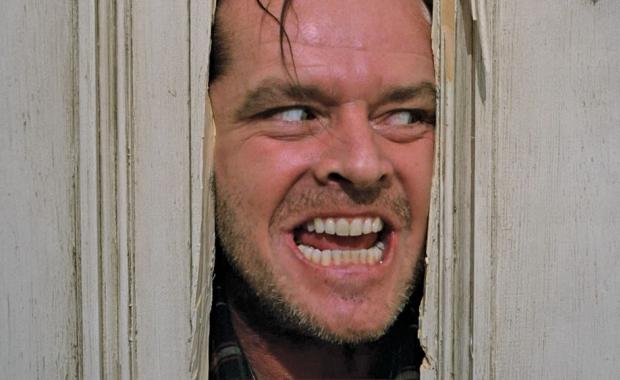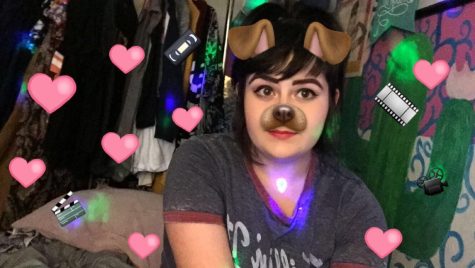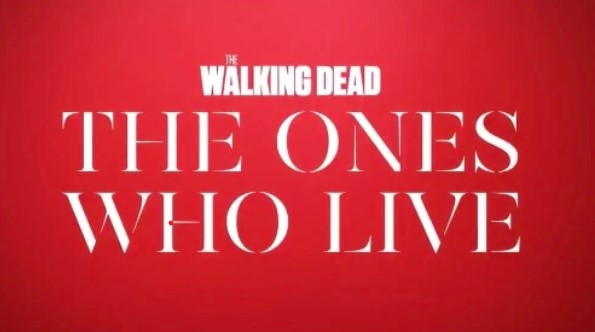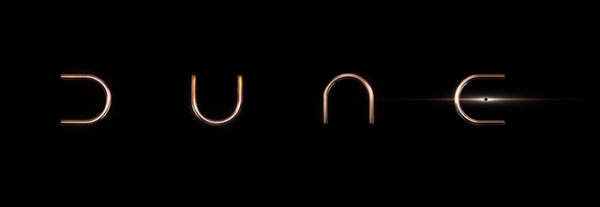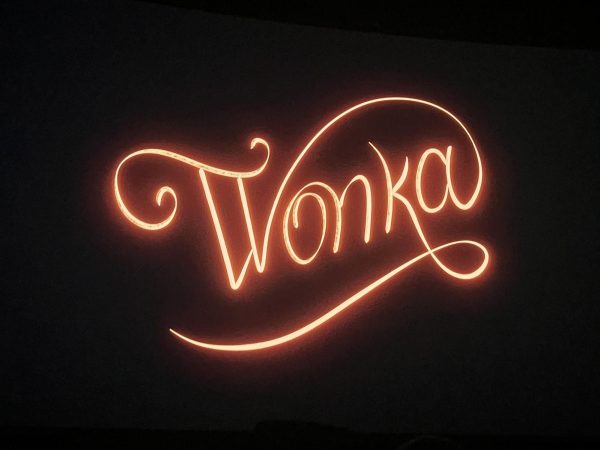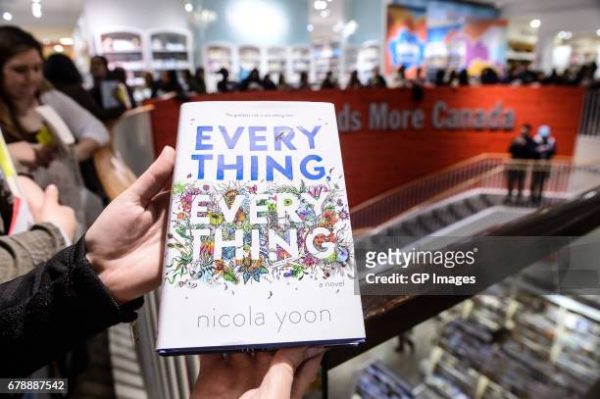Book Vs. Movie: The Shining
Spoilers Ahead!!!
December 11, 2015
We all know how intensely a book can be altered when revised from novel to film, but just what exactly gets lost in translation? And are the books always better than the movie?
The Shining, the 1977 novel by Stephen King, is widely considered one of the best horror novels ever written. And in 1980, the renowned cult director, Stanley Kubrick, released his own film adaptation of the iconic story. The film itself has gained immense recognition, listed as #57 on the IMDB top rated films. But King personally hates the adaptation. “The book is hot, and the movie is cold; the book ends in fire, and the movie in ice,” he says. “In the book, there’s an actual arc where you see this guy, Jack Torrance, trying to be good, and little by little he moves over to this place where he’s crazy. And as far as I was concerned, when I saw the movie, Jack was crazy from the first scene. I had to keep my mouth shut at the time. It was a screening, and Nicholson was there. But I’m thinking to myself the minute he’s on the screen, ‘Oh, I know this guy. I’ve seen him in five motorcycle movies, where Jack Nicholson played the same part.’ And it’s so misogynistic. I mean, Wendy Torrance is just presented as this sort of screaming dishrag. But that’s just me, that’s the way I am.” The book and the movie differ in major and minor ways, ranging from character deaths to character appearance.
Minor Differences:
- King describes John ‘Jack’ Torrance as an every-man, appearing more common and plain, but is played by Jack Nicholson, who brings a great air of unease to the character. In the film, Jack has been sober for five months and his alcoholism is downplayed, but in the novel he’s been on the wagon 14 months, and his alcoholism is a big topic.
- In the novel Wendy Torrance is described as a beautiful blonde, but is played by Shelley Duvall, a dark haired and interesting looking woman. King wrote Wendy as a strong and independent character, but the film portrays her as a weaker, hysterical woman.
- Danny Torrance is described as an intelligent, wordy 5-year-old, but is portrayed by Danny Lloyd as a (mostly) average 7-year-old.
- In the film, Danny’s imaginary friend Tony speaks through Danny’s finger, but in the novel, Tony is a physical entity only Danny can see.
- In the film Jack is working on a play during his time at The Overlook, but in the novel he pushes it aside to work on ‘A History Of The Overlook Hotel’ after he discovered a scrapbook in the boiler room.
- The Grady sisters are not seen by Danny in the novel.
- The film features room 237, while in the novel, it’s room 217. In room 237 Danny is attacked by the naked lady, and Jack later finds her, kisses her, then realizes she’s a decomposing old woman. In room 217 only Danny sees the woman.
- The iconic lines ‘All work and no play makes Jack a dull boy’ and ‘Here’s Johnny’ are not featured in the book.
- The film’s hedge maze replaced King’s attacking animal topiaries.
- Jack attacks his family with an axe in Kubrick’s adaptation, but he originally used a roque mallet.
Major Differences:
- In the novel Jack’s main job as caretaker of The Overlook is to constantly dump it’s defective boiler so that the hotel doesn’t explode. This is never mentioned in the film.
- Dick Halloran, played by Scatman Crothers, is murdered by Jack in the film. In the book, Jack doesn’t kill anyone.
- In the book, Jack’s descent into madness is slower, and it’s clear that the hotel is what’s influencing him, not isolation.
- The hotel uses Jack to try and absorb Danny’s shine in the novel, but not in the film.
- At one point in the book, Jack is able to snap out of his madness to help save Danny, unlike the movie.
- In the film, Jack is outsmarted by Danny in the hedge maze, causing him to freeze to death, but in the novel the broken boiler explodes, killing Jack and destroying The Overlook.
Both versions are immensely successful and amazing in their own ways, but to fully understand The Shining, you must read the novel. It brings an immense amount of clarity to the purposely ambiguous and confusing film.

